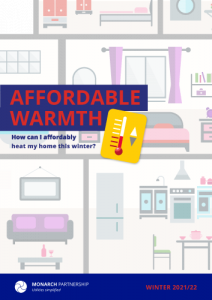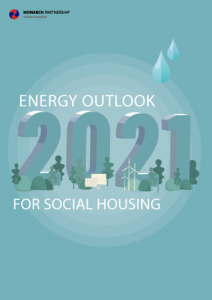Social housing green paper insight: What exactly has the government committed to?
The long-awaited Social Housing Green Paper was published yesterday (14 August 2018), after the Secretary of State for Communities, James Brokenshire, announced in his June Grenfell Tower Statement that it would be published before parliamentary recess. Parliament, however, rose for summer three weeks ago and the delay in the green paper’s publication was cause for concern, both for a cross-party group of MPs, and the social housing residents who this directly affects. The publication has been met with mixed opinions, with some calling it “a step in the right direction”, while others are adamant that it is “not enough” given the scale of the social housing issue in this country. This social housing green paper insight piece looks at the issues identified in the publication and the possible solutions being offered by the government.
The green paper was put together following a consultation with tenants of social housing, and ministers met with nearly 1,000 residents to discuss their concerns in person. A further 7,000 tenants submitted their thoughts online which were used to form the basis of the green paper, and to address people’s real worries.
There are five “core themes” laid out by the government which are as follows:
- Tackling stigma and celebrating thriving communities
- Expanding supply and supporting home ownership
- Effective resolution of complaints
- Empowering residents and strengthening the regulator
- Ensuring homes are safe and decent
Brokenshire goes on to say that “providing quality and fair social housing is a priority” and, with 4 million households living in social housing and a further 1.16 million on waiting lists, it is clear that this is no mean feat. Primarily, the government seek to “rebalance the relationship between residents and landlords”, as well as tackling the stigma around social housing.
Does the green paper address real issues?
The publication, however, has been accused of merely offering “warm words” and skirting around the real issues at play, rather than making solid commitments to those in need. The paper talks about encouraging “community pride” with funded neighbourhood events, but critics argue that “it will take more than a street party […] to reverse what is the legacy of years of government policy”. Although community togetherness does come into play it is clear, in the wake of the Grenfell Tower tragedy, that the topics at the forefront of most people’s minds focus more on the safety standards and maintenance of their homes.
The green paper does highlight the need for an independent authority to ensure that landlords are following guidelines, and that residents’ concerns are listened to. This is particularly crucial given that residents of Grenfell Tower had raised concerns about the fire risks of their building before, to no avail. Setting out commitments like these is a step in the right direction to making sure that a tragedy of this scale never happens again. Hand in hand with this comes the government’s commitment to remediation work, bringing old buildings up to new standards. £400 million has been set aside to ensure this happens and the scrutiny that the government is under in this particular area should be a catalyst for these changes.
Social housing regulation has not been reviewed since 2010 which means that the Decent Homes Standards are also long-due an overhaul. The green paper addresses the fact that residents often feel marginalised and ignored when it comes to having their voices heard, and the government want landlords to be held accountable over poor living standards. This again particularly applies to the safety concerns of residents, as well as requests that tenants – especially young families – be educated in fire safety procedures.
So, what’s going to happen?
Only time will tell what exactly will come from the Social Housing Green Paper. There are lots of “commitments” across the board, but a closer look at the language carefully chosen for the publication tells another story. The government are “considering the benefits of providing funding” to housing associations. “Considering” is noticeably a hedge, a deliberate swerve around making real promises. Similarly, the government “are looking at reforms” when it comes to helping people with affordable home ownership schemes. “Looking at reforms” is very different to actually introducing reforms, and it’s little phrases like these peppered throughout the green paper which leave a lot of people very sceptical about any real change in the future.
The five “core themes” laid out at the beginning of the report are a good start but, as with any promise, the actual delivery of the commitments and changes which follow is what really matters.
Visit our Sector page for Housing.
Useful links:
Monarch: Cheaper rent required in social housing sector
Property Week: The Government outlines social housing reforms
24 Housing: Sector calls for more investment
iNews: What does this mean for tenants?
JRF: Three tests for the green paper















